Writers' Houses to discover in Portugal
All About Portugal has prepared a literary itinerary to tour Portugal and explore the homes of great Portuguese writers.
If you're that tourist who doesn't travel without a book in his suitcase, this itinerary of writers' houses in Portugal is for you. It can be done at any time of the year in different regions of the country. In this list of All About Portugal you will find houses where these writers actually lived and kept their personal collection and library, or museum spaces with permanent or temporary exhibitions. In both cases, they have the merit of preserving the memory of the authors and of taking us to places that would otherwise be difficult to visit. Who knows if you will find your next holiday destination to visit and learn more about the life and work of your favorite Portuguese writer, such as Fernando Pessoa, José Saramago, Miguel Torga, among others that you will find in this literary itinerary through Portugal.
Fernando Pessoa's House (Lisboa)
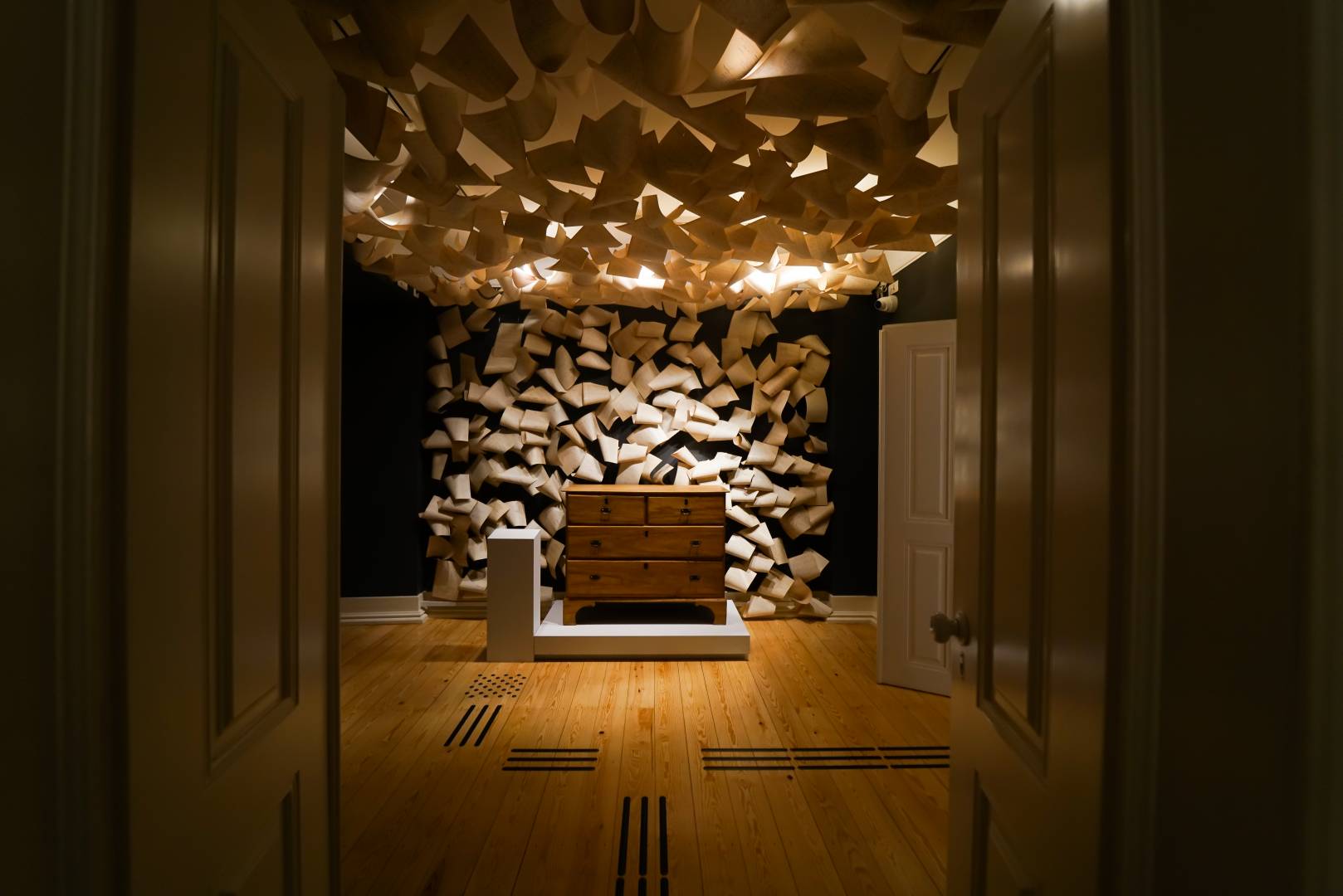
It is the place of literature. This is the motto of Fernando Pessoa´s House, located in Lisbon, in the Campo de Ourique district. It was considered the best Portuguese museum in 2021. It was inhabited by the poet for the last 15 years of his life, bringing more realism to the visit, which includes a temporary and a long-term exhibition. The objective is to make Fernando Pessoa known in a more comprehensive and intimate way. Here you will find everything about the poet's life and work, including a library specializing in world poetry.
Bicos' House – José Saramago (Lisboa)
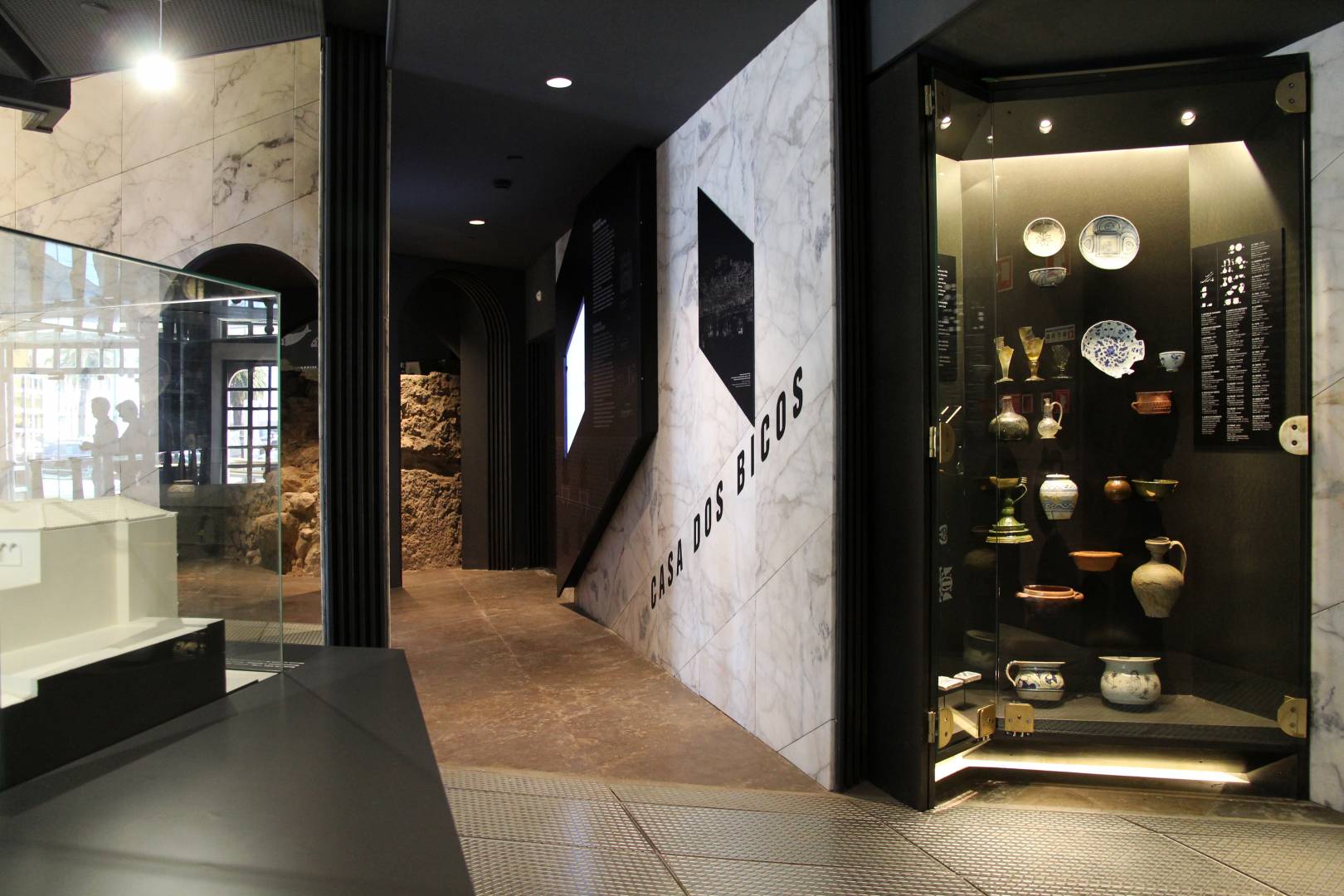
If you are an admirer of José Saramago's work, and you are visiting Lisbon, you have to go to Bicos's House in the Portuguese capital city, where one of the branches of the José Saramago Foundation is currently located. Among books and several personal objects of the Literature Nobel Prize, you can find a replica of his desk, one of the pieces from the exhibition "The seeds and the fruit". In front of Bicos´House, there is also an olive tree that came from Azinhaga, the Ribatejo village where Saramago was born, and where his ashes were placed, and two tombstones with the following inscriptions: “José Saramago 1922-2010” and the last sentence of the "Baltasar and Blimunda" book: “But he did not ascend to the stars, if he belonged to the earth”.
Tormes' House - Eça de Queiroz (Santa Cruz do Douro)
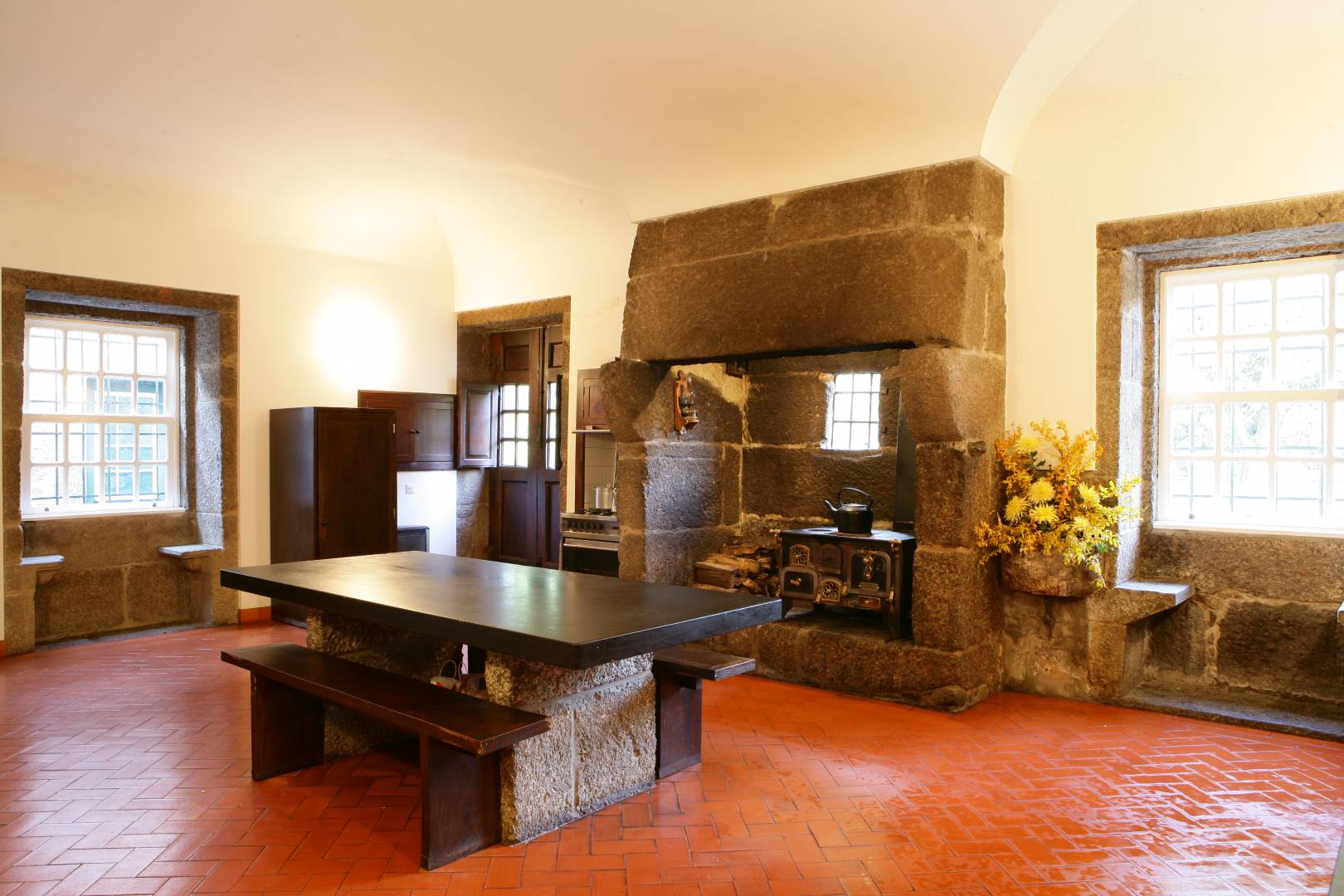
In the Douro, more precisely in Santa Cruz do Douro, at Quinta de Tornes, you will find the Museological Nucleus that seeks to preserve and promote the heritage and memory of Eça de Queiroz, one of the greatest figures in Portuguese literature. Eça never lived in the Tormes's House, but he visited it four times. Despite this, it is in Quinta da Vila Nova, the name by which it is also known, that most of his personal objects are preserved. The place houses the entire writer's assets. To make the most of your visit, we suggest you schedule a guided tour, which takes place every hour. The schedules are at the official website of Fundação Eça de Queiroz.
Camilo Castelo Branco's Museum House (Famalicão)
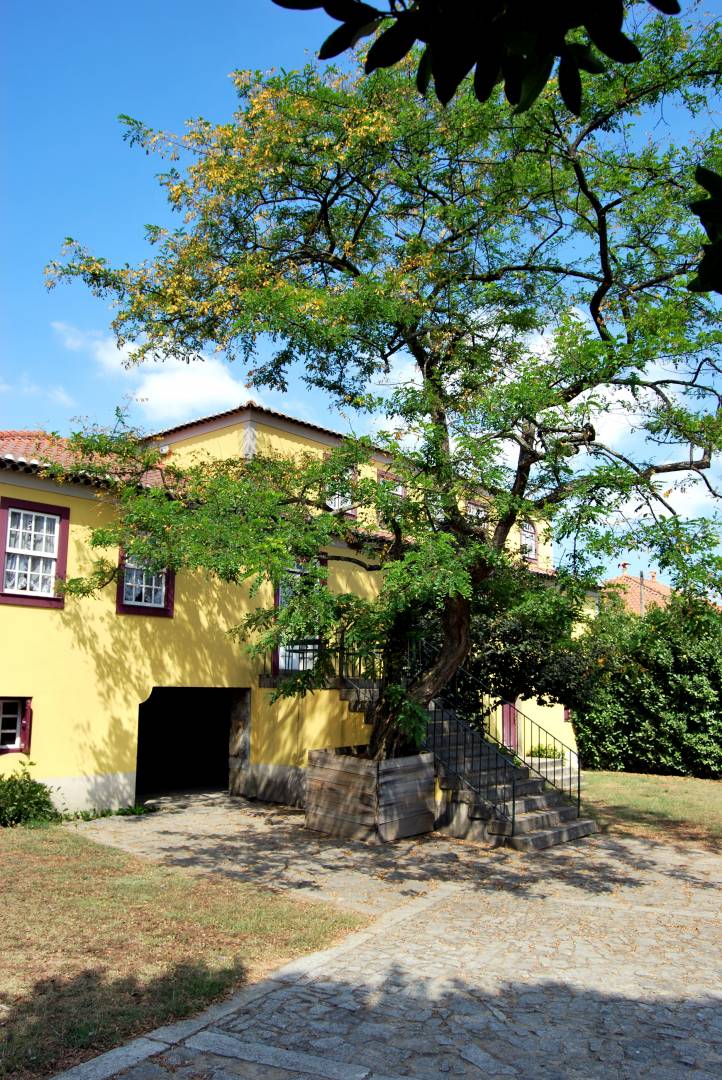
The Seide's House was inhabited by Camilo Castelo Branco and his family between 1863 and the fateful 1st of June 1890, when, after consulting his doctor, sitting in his rocking chair, he ended his life with a shot, after a very tumultuous life. Located in the small rural town of São Miguel de Seide, in Vila Nova de Famalicão, the Camilo Castelo Branco's Museum House is considered the greatest living memory of Camilo, with particular importance for the in-depth knowledge of the writer's life and work. Guided tours take place regularly during visiting hours, where you can tour the house and get to know the several moments in the writer's life. There is space and time to clarify doubts and renew interest in reading his works.
Miguel Torga's Space (Sabrosa)
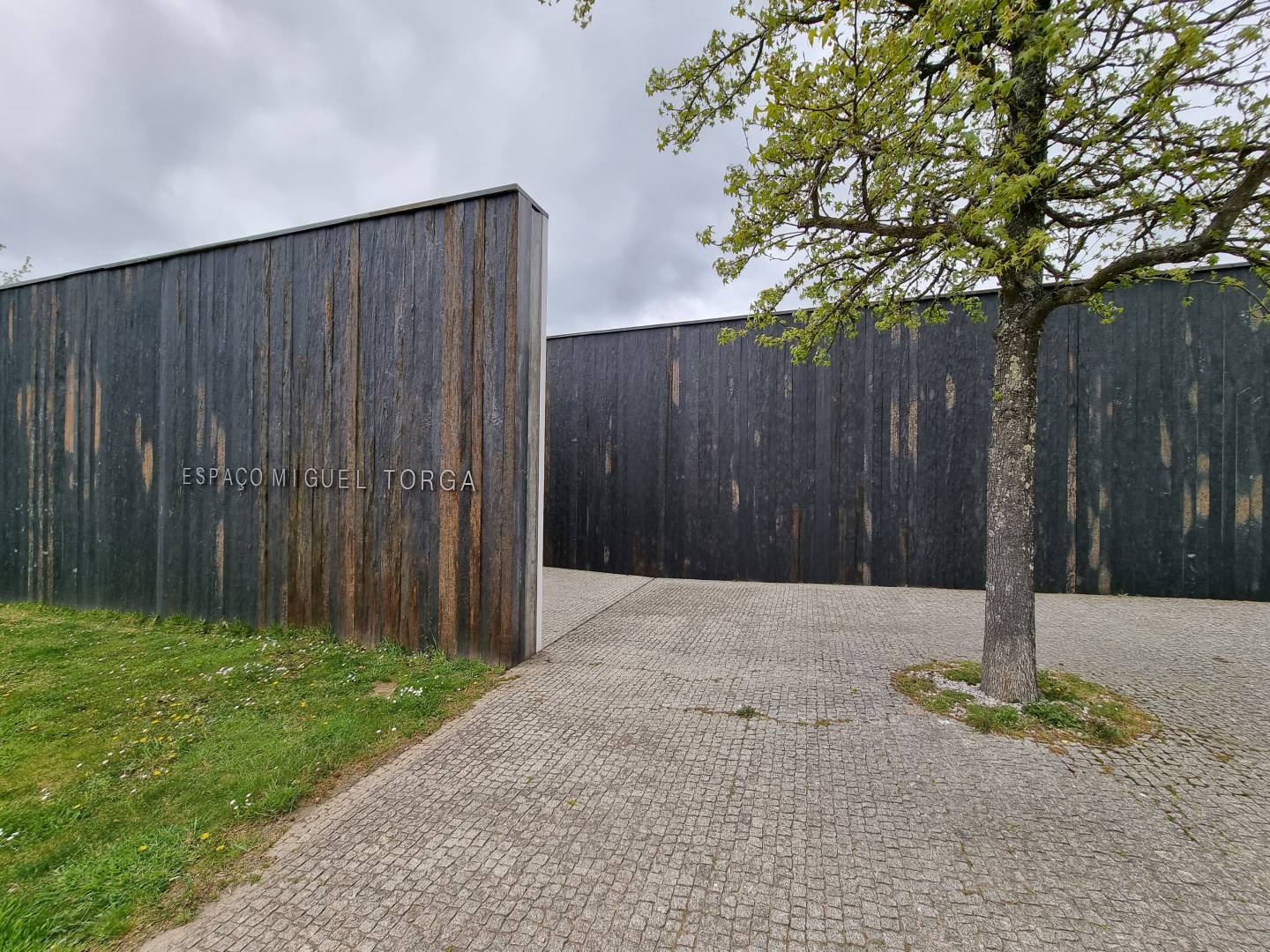
Located in São Martinho de Anta, in Sabrosa, Espaço Miguel Torga opened to the public with the aim of promoting the literary work of the poet from Trás-os-Montes. This is precisely the birthplace of the poet, who is very much loved here, and you will be able to see this even if you head towards Largo do Eiró, just 200 meters from Miguel Torga's Space, where there is a huge sculpture of Miguel Torga's face carved into the root of an elm tree ("negrilho" in portuguese), by Óscar Rodrigues. "Negrilho", which was immortalized in one of his poems and which, as is said locally, dried up in the year the poet died. “In the land where I was born, there is only one poet. My verses are leaves on its branches.”, wrote Miguel Torga in “A um Negrilho” (To an elm tree).
Aquilino Ribeiro's Museum House (Moimenta da Beira)

We continue the journey to the “Terras do Demo” (Demon's Land), which the writer Aquilino Ribeiro baptized in 1919 in his work of the same name. Aquilino Ribeiro was born in 1885 in Sernancelhe, but it was in Soutosa, in Moimenta da Beira, where the writer spent his youth. And it was in Soutosa where the Aquilino Ribeiro House Museum was created. In this 19th century manor house, the author's memories and many personal objects are preserved.
José Régio's House (Vila do Conde)
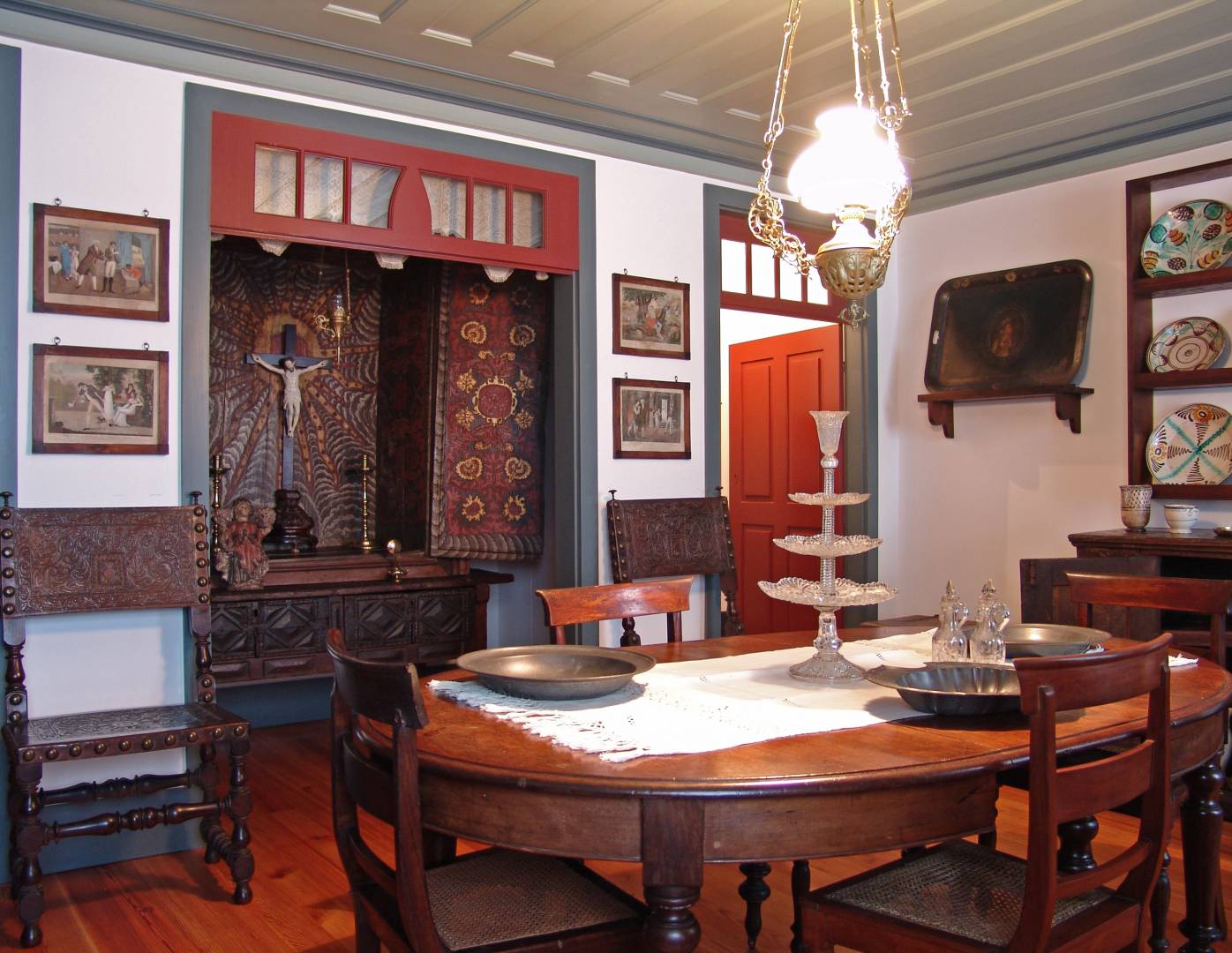
Located in Vila do Conde, Casa José Régio reflects the poet's desire to keep the house as close as possible to its last remodeling, which the author himself carried out in the 60s of the 20th century. Opened to the public in 1975, the house presents a set of pieces of furniture, Sacred Art, crockery and paintings, which the poet, also a collector, gathered throughout his life. The paintings include relevant works and also the important collection of Ex-votos. There are also manuscripts, typographic proofs, correspondence and José Régio's library.
Fernando Namora's Museum House (Condeixa-a-Nova)
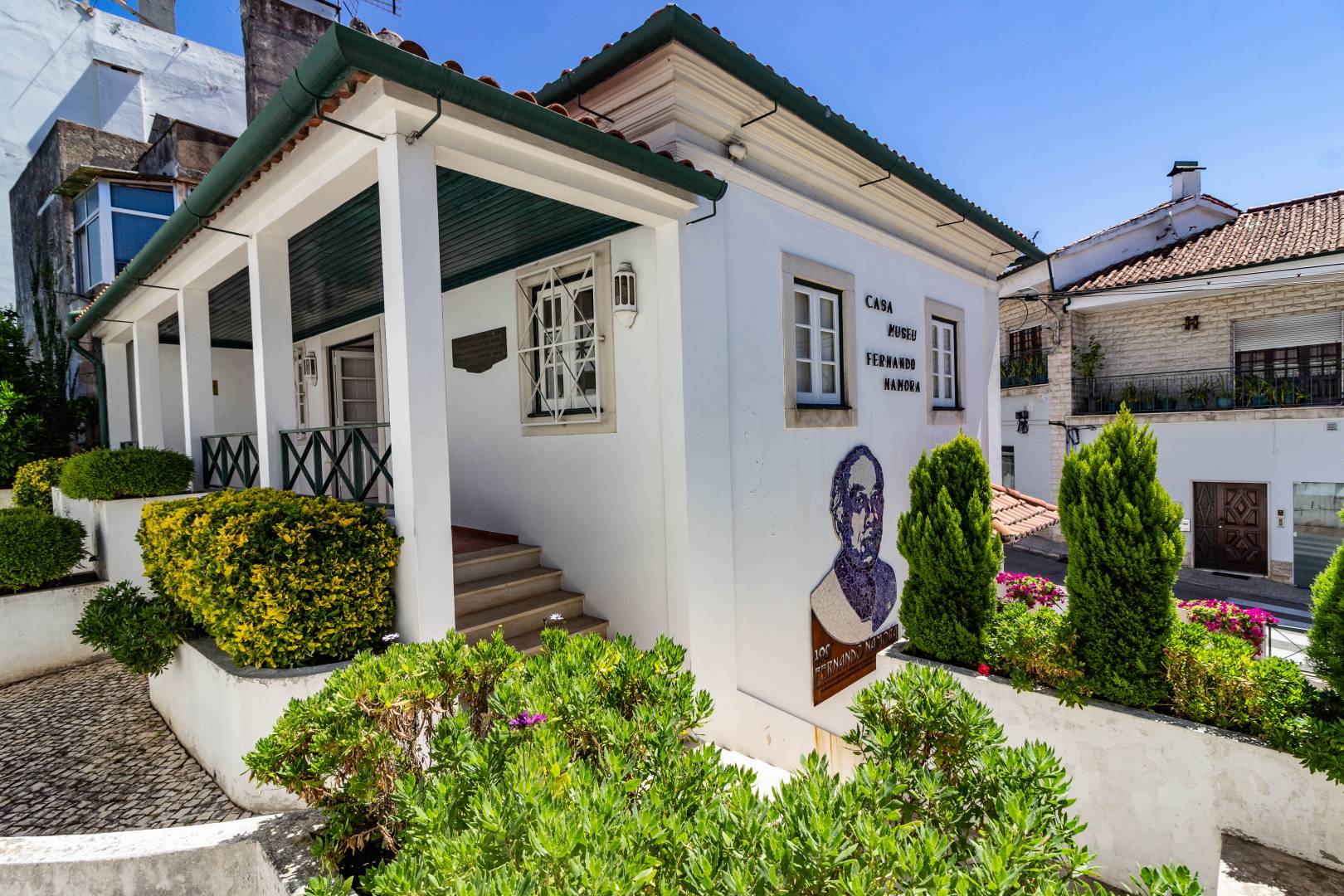
If you are traveling through Central Portugal, take the opportunity to visit Condeixa-a-Nova and among the various points of interest, such as the Ruins of Conímbriga, be sure to visit the Fernando Namora Museum House, an unavoidable figure in Portuguese culture. The Museum House opened to the public in June 1990, and has a considerable collection of manuscripts, original notes by the writer, typographic proofs, published and annotated books, a private library with more than 4000 volumes, personal objects and even paintings, one of the less known art works by Fernando Namora.
Recommended
